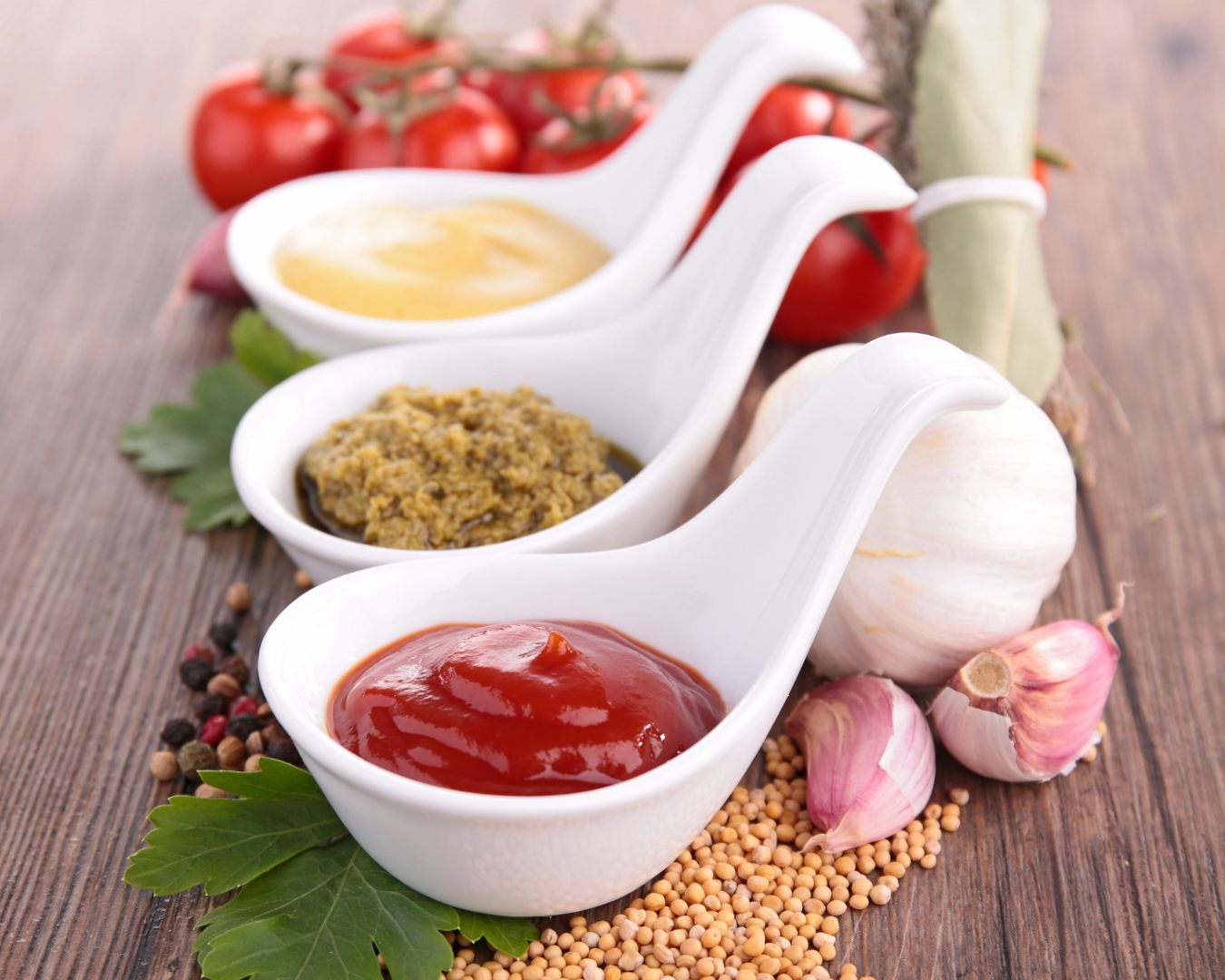Nutritional Content of Common Condiments: What You Need to Know
Condiments can elevate the flavor of any dish, turning a simple meal into something extraordinary. However, while they may add taste, they can also contribute significantly to your overall nutritional intake. Understanding the nutritional content of common condiments is essential for making informed choices in the kitchen. In this post, we’ll explore the nutritional profiles of some popular condiments and offer tips on how to use them wisely.
Ketchup
Ketchup is a staple in many households, especially as a dip for fries or a topping for burgers. While it’s packed with flavor, ketchup is also high in sugar and sodium.
Nutritional Content (per tablespoon):
- Calories: 15
- Sugar: 4g
- Sodium: 160mg
- Carbohydrates: 4g
Health Tip: Opt for low-sugar or no-added-sugar varieties to reduce your sugar intake, or consider making your own ketchup at home using fresh tomatoes and a natural sweetener.
Mayonnaise
Mayonnaise is creamy and rich, often used in sandwiches, salads, and dressings. However, it’s high in fat and calories, primarily due to its oil content.
Nutritional Content (per tablespoon):
- Calories: 90
- Fat: 10g
- Saturated Fat: 1.5g
- Cholesterol: 5mg
Health Tip: To cut down on calories and fat, try using light mayonnaise or a mayo substitute made from Greek yogurt, which also adds a boost of protein.

Mustard
Mustard is a low-calorie condiment that adds a tangy kick to sandwiches and dressings. It’s also low in fat and sugar, making it a healthier option compared to other condiments.
Nutritional Content (per tablespoon):
- Calories: 3
- Fat: 0g
- Sugar: 0g
- Sodium: 55mg
Health Tip: Use mustard generously as a flavor enhancer without worrying about adding extra calories or sugar to your meal.
Soy Sauce
Soy sauce is a popular condiment in Asian cuisine, known for its salty, umami flavor. While it’s low in calories, soy sauce is extremely high in sodium.
Nutritional Content (per tablespoon):
- Calories: 10
- Sodium: 900mg
- Carbohydrates: 1g
- Protein: 2g
Health Tip: To manage your sodium intake, opt for low-sodium soy sauce or tamari, which offers similar flavor with less salt. Alternatively, use coconut aminos, which are naturally lower in sodium.
Barbecue Sauce
Barbecue sauce is sweet, tangy, and often used as a marinade or dipping sauce. However, it can be high in sugar and calories.
Nutritional Content (per tablespoon):
- Calories: 30
- Sugar: 6g
- Sodium: 140mg
- Carbohydrates: 7g
Health Tip: Look for reduced-sugar versions or make your own barbecue sauce at home to control the sugar content. You can use natural sweeteners like honey or maple syrup for a healthier alternative.

Hot Sauce
Hot sauce adds a spicy kick to dishes without adding many calories or fat. It’s also low in sodium, making it a healthier choice for those who enjoy a bit of heat in their meals.
Nutritional Content (per tablespoon):
- Calories: 0
- Fat: 0g
- Sodium: 200mg
- Carbohydrates: 0g
Health Tip: Use hot sauce liberally to add flavor without the guilt. Just be mindful of the sodium content if you’re watching your salt intake.
Ranch Dressing
Ranch dressing is a popular choice for salads and dipping vegetables. However, it’s typically high in calories, fat, and sodium.
Nutritional Content (per tablespoon):
- Calories: 73
- Fat: 8g
- Saturated Fat: 1.3g
- Sodium: 138mg
Health Tip: Try using a lighter version of ranch or make your own at home using Greek yogurt as a base to reduce the fat and calorie content.
Hummus
Hummus is a nutritious and versatile dip made from chickpeas, tahini, olive oil, and spices. It’s high in fiber and protein while offering healthy fats.
Nutritional Content (per tablespoon):
- Calories: 25
- Fat: 1.5g
- Fiber: 1g
- Protein: 1g
Health Tip: Hummus can be a great alternative to mayonnaise or other high-fat spreads. Use it in sandwiches or as a dip for vegetables to add flavor and nutrients without excess calories.
Condiments can enhance the taste of your meals, but it’s important to be aware of their nutritional content. While some condiments like mustard and hot sauce can be used generously, others like mayonnaise and barbecue sauce should be used in moderation due to their high fat and sugar content. By making smart choices and considering healthier alternatives, you can enjoy your favorite condiments without compromising your nutritional goals.

